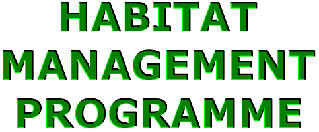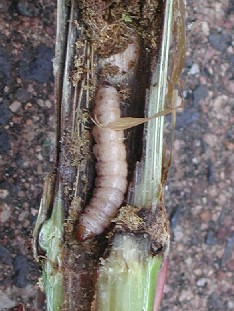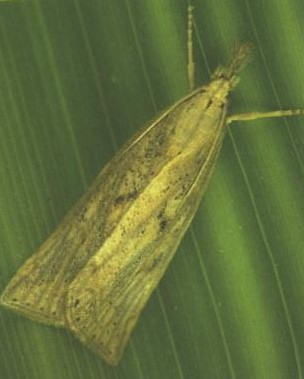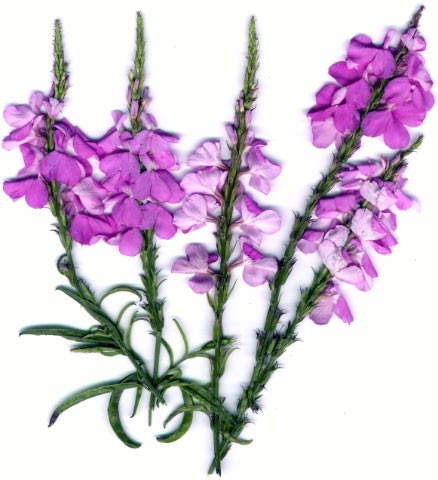







Stemborer Larvae Stemborer Moth Striga Weed
The "Push" in the intercropping scheme is provided by plants that emit chemicals (Kairomones) that repel the borers and drive them away from the maize main crop. The best candidates discovered so far for their borer-repelling properties are members of leguminous genus Desmodium spp.
Desmodium is planted in between the rows of maize. Being a low-growing plant, it does not interfere with maize growth, and furthermore has the advantage of maintaining soil stability and improving soil fertility through its nitrogen-fixing action. Desmodium is easy to harvest and serves as a highly nutritious animal feed. A ground cover of desmodium, interplanted among the maize, reduces striga growth by a factor of 40.
Another plant, showing very good repellent properties, is molasses grass or Melinis minituflora. This is a "jack-of-all-trades" grass, as it is also a nutritious animal feed and repels tick to boot!
The underlying chemical ecology of plant defense mechanisms are also being studied by the project. For instance, molasses grass release volatile chemicals that discourage stemborer adults from laying eggs, thus protecting nearby maize. Molasses grass also attracts natural enemies of stemborers which help in the defense. Current studies are focusing on the identity of chemicals produced by the roots of desmodium that are responsible for suppressing the striga weed. Whatever the strategy, stemborers and striga weed are now on the defensive when "push-pull" is at the battlefront.




(Napier Grass) (Sudan Grass) (Desmodium) (Molasses Grass)
About Us Home Facilities Contacts ICIPE
Copyright © 2005 International Centre of Insect Physiology and
Ecology-Mbita
For problems or questions regarding this web contact
[Webmaster].
Last updated:
04 June, 2009